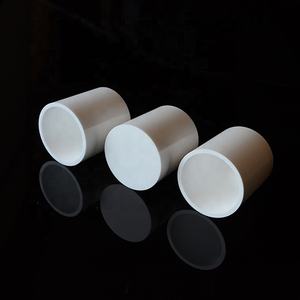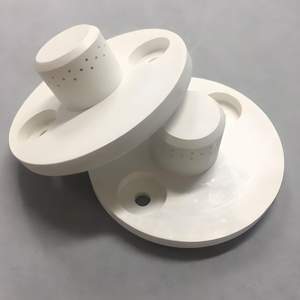Discover Premium Ceramic Products | Durability & Elegance United | Advanced Ceramics
PRODUCT PARAMETERS
Description
Introduction to Alumina Ceramics
Alumina ceramics are known for their high hardness, wear resistance, corrosion resistance, good electrical insulation and high temperature stability. According to the different alumina content, it can be divided into different grades, such as 95 porcelain, 99 porcelain, etc., among which 99 porcelain refers to ceramic materials with an alumina content of 99%. As the alumina content increases, its mechanical strength and electrical insulation properties will also increase accordingly.
Characteristics of Alumina Ceramics
High Hardness: Alumina ceramics have extremely high hardness, which makes it very wear-resistant and suitable for manufacturing abrasive tools and parts that require wear resistance.
Wear resistance: Due to its high hardness, alumina ceramics show excellent wear resistance and are suitable for manufacturing parts for long-term use.
Corrosion resistance: Alumina ceramics have good resistance to most acids and alkalis, making them widely used in the chemical industry.
Good electrical insulation: As an excellent electrical insulating material, alumina ceramics are widely used in electronic and electrical products.
High temperature stability: Ability to withstand extremely high temperatures without significant physical or chemical changes, which makes it an ideal choice for applications in high temperature environments.
Biocompatibility: In the medical field, certain grades of alumina ceramics are used to make medical devices such as artificial joints due to their good biocompatibility.
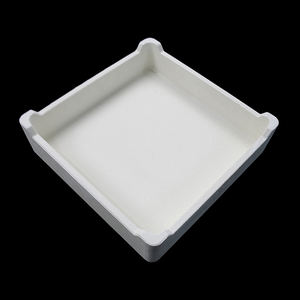
(Refractory Alumina Ceramic Tube)
Specifications of Refractory Alumina Ceramic Tube
Refractory alumina ceramic tubes serve high-temperature industrial applications. These tubes contain high-purity aluminum oxide (Al₂O₃), typically between 95% and 99.9%. This composition ensures stability in extreme heat. They withstand continuous temperatures from 1600°C to 1800°C. Short-term exposure to 1800°C is possible without structural failure. The material resists deformation under heavy loads. Mechanical strength remains high even at peak temperatures.
Alumina ceramic tubes show excellent thermal shock resistance. Rapid temperature changes cause minimal stress. Sudden cooling or heating does not crack them. This property suits environments with fluctuating heat. Electrical insulation is another key feature. The tubes block high-voltage currents effectively. They work in electrical systems requiring non-conductive parts.
Chemical inertness defines alumina ceramics. Acids, alkalis, and molten metals do not corrode them. Harsh chemical environments pose no risk. The surface stays smooth over time. Wear resistance keeps performance consistent. Abrasive materials cause little damage. Long service life reduces replacement costs.
Dimensions vary to meet specific needs. Outer diameters range from 5mm to 200mm. Lengths extend up to 1500mm. Wall thickness adjusts between 1mm and 20mm. Custom sizes are available for specialized equipment. Tolerances stay tight, often within ±0.5% of specified measurements.
Applications span multiple industries. Industrial furnaces use these tubes for thermocouple protection. Semiconductor manufacturing relies on them for high-purity processes. Aerospace systems integrate alumina tubes in heat-exposed components. Laboratories employ them in testing equipment. The material suits kiln furniture, insulators, and sensor housings.
Surface finish options include polished or rough textures. Polished tubes minimize friction in moving parts. Rough surfaces improve grip in static setups. Machining post-production is possible but limited. Precision grinding achieves exact shapes.
Color ranges from white to ivory, depending on purity. Higher alumina content creates a brighter appearance. No coatings or additives alter the natural properties. Storage requires dry conditions to prevent moisture absorption. Handling demands care to avoid impact damage. Proper installation ensures optimal performance.
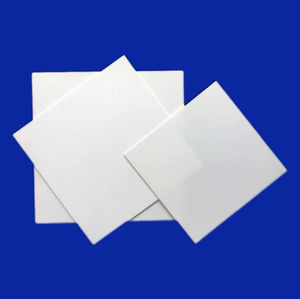
(Refractory Alumina Ceramic Tube)
Applications of Refractory Alumina Ceramic Tube
Refractory alumina ceramic tubes are made from high-purity aluminum oxide. These tubes handle extreme temperatures, resist wear, and withstand harsh chemicals. Industries rely on them for demanding applications. Industrial furnaces use these tubes to protect thermocouples. The material ensures accurate temperature readings in steel production and glass manufacturing. High thermal stability prevents tube deformation under prolonged heat exposure. Metallurgical processes employ alumina tubes to transport molten metal and slag. The non-reactive nature of alumina avoids contamination during metal handling. These tubes maintain integrity in corrosive environments. Electronics manufacturing uses alumina ceramic tubes as insulators in high-voltage systems. They prevent electrical leakage in circuits and components. The material’s dielectric strength supports reliable performance in power transmission devices. Chemical processing equipment integrates alumina tubes for handling acids and alkalis. The tubes act as liners or protective sleeves in reactors and pipelines. Their corrosion resistance extends equipment lifespan in aggressive chemical conditions. Aerospace applications include sensor housings and thermal barriers. Alumina tubes shield sensitive instruments from extreme engine heat. The lightweight yet durable structure suits aircraft and spacecraft designs. Laboratory settings use these tubes for high-temperature experiments. They serve as crucibles or sample holders in material testing. Their low thermal expansion ensures dimensional stability during rapid heating cycles. Medical equipment manufacturers apply alumina tubes in imaging systems and radiation therapy devices. The material’s transparency to X-rays and resistance to sterilization methods make it ideal for healthcare technology. Energy sectors use alumina tubes in solar panels and nuclear reactors. They assist in heat management and radiation shielding. The versatility of refractory alumina ceramic tubes meets the demands of modern industrial challenges.
Company Introduction
Advanced Ceramics founded on October 17, 2014, is a high-tech enterprise committed to the research and development, production, processing, sales and technical services of ceramic relative materials and products.. Since its establishment in 2014, the company has been committed to providing customers with the best products and services, and has become a leader in the industry through continuous technological innovation and strict quality management.
Our products includes but not limited to Silicon carbide ceramic products, Boron Carbide Ceramic Products, Boron Nitride Ceramic Products, Silicon Carbide Ceramic Products, Silicon Nitride Ceramic Products, Zirconium Dioxide Ceramic Products, Quartz Products, etc. Please feel free to contact us.(nanotrun@yahoo.com)

Payment Methods
T/T, Western Union, Paypal, Credit Card etc.
Shipment Methods
By air, by sea, by express, as customers request.

5 FAQs of Refractory Alumina Ceramic Tube
What is a refractory alumina ceramic tube?
Refractory alumina ceramic tubes are made from alumina powder. They are shaped and fired at high temperatures. These tubes handle extreme heat and harsh conditions. They are used in industries needing strong, heat-resistant materials. Alumina content is typically over 95%, ensuring durability.
How much heat can these tubes withstand?
These tubes resist temperatures up to 1800°C in oxidizing environments. They stay stable under repeated heating and cooling. Their structure prevents cracking from sudden temperature changes. This makes them ideal for furnaces and high-heat processes.
Where are alumina ceramic tubes commonly used?
They are used in industrial furnaces, kilns, and lab equipment. They protect thermocouples and sensors in high-temperature settings. Metallurgy, glassmaking, and semiconductor production rely on them. Their chemical resistance suits corrosive environments.
Why pick alumina tubes over metal or other ceramics?
Alumina tubes outperform metals in heat resistance and corrosion prevention. They last longer in extreme conditions compared to other ceramics. Their high strength reduces wear and tear. They also insulate well, preventing energy loss.
How to maintain alumina ceramic tubes?
Clean them regularly with mild detergents or compressed air. Avoid harsh chemicals that might damage the surface. Check for cracks or wear before use. Store them in dry areas to prevent moisture absorption. Proper handling minimizes breakage risks.
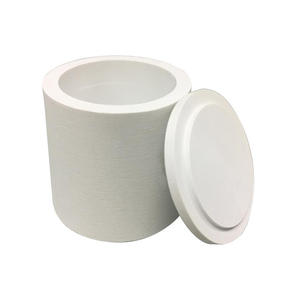
(Refractory Alumina Ceramic Tube)
REQUEST A QUOTE
RELATED PRODUCTS
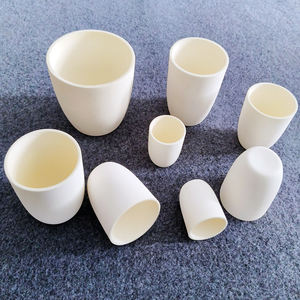
99.5% Industrial Grade CC-1 Ready to Press Granulated Alumina Special Ceramics
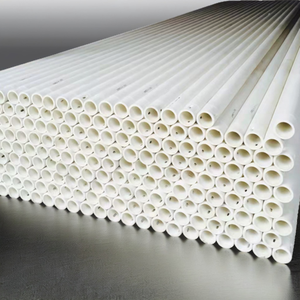
Aluminum Oxide Ceramic Basket Gemstone Featuring Zirconia Ceramic Gravel 38.1*25*23mm
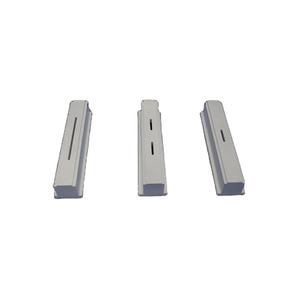
High Voltage Aluminum Oxide Alumina Al2O3 Ceramic Substrate with Laser Scirbing
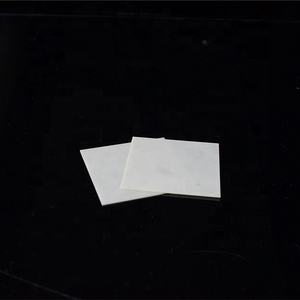
High Quality Whole Round Microporous Ceramic Model Alumina Ceramic Can Be Customized
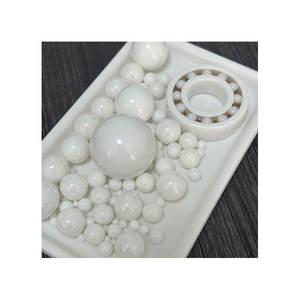
95% Alumina Ceramic Brake Pads Ceramic
